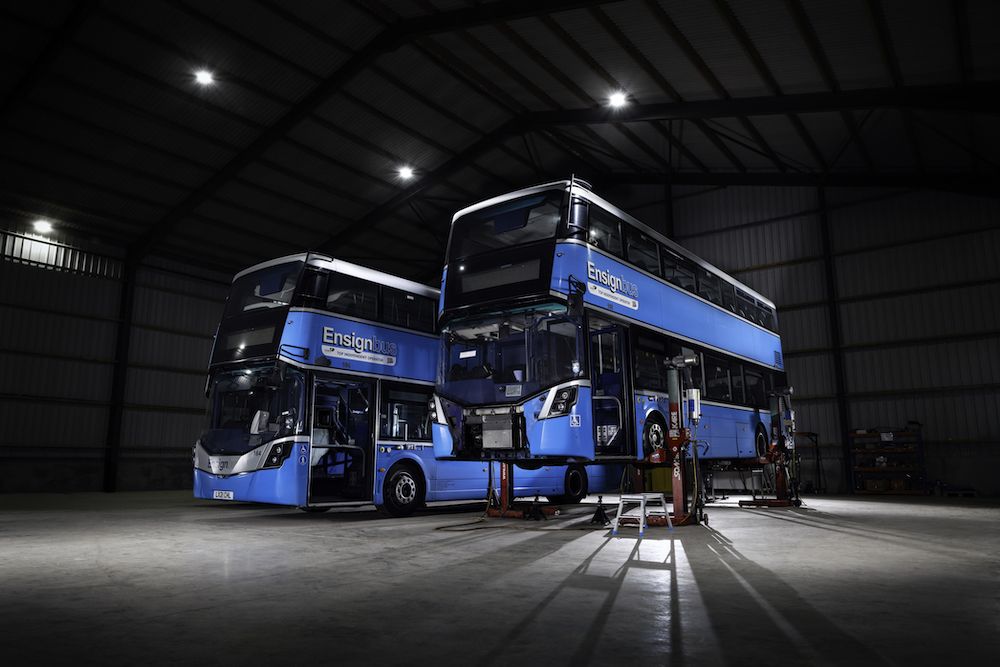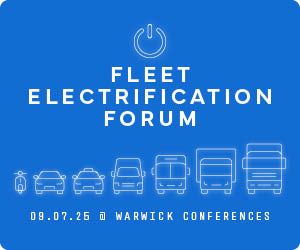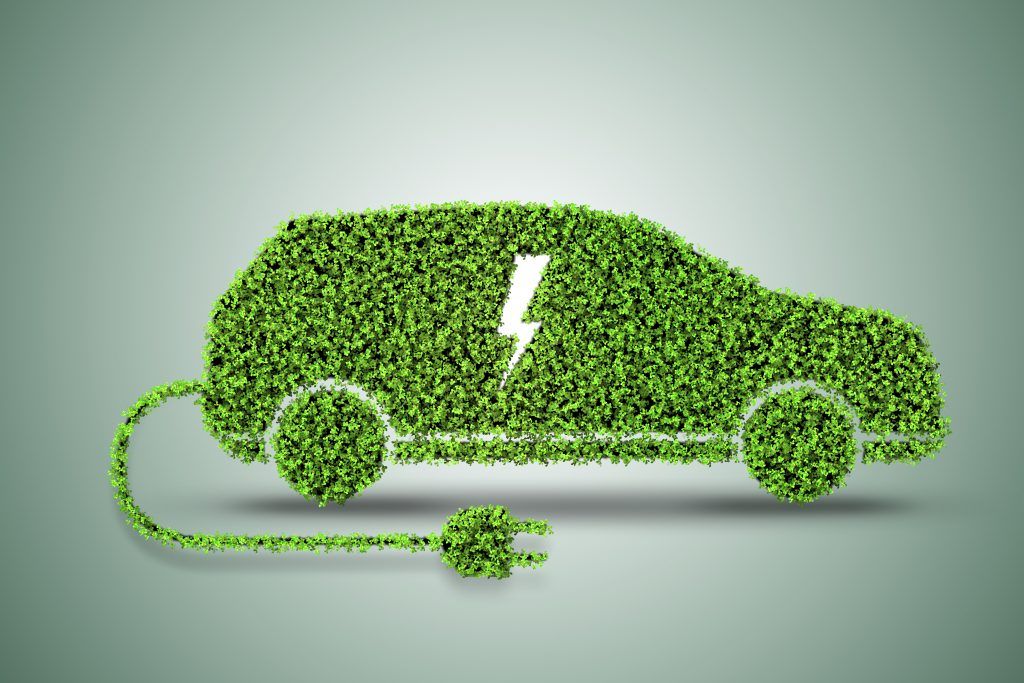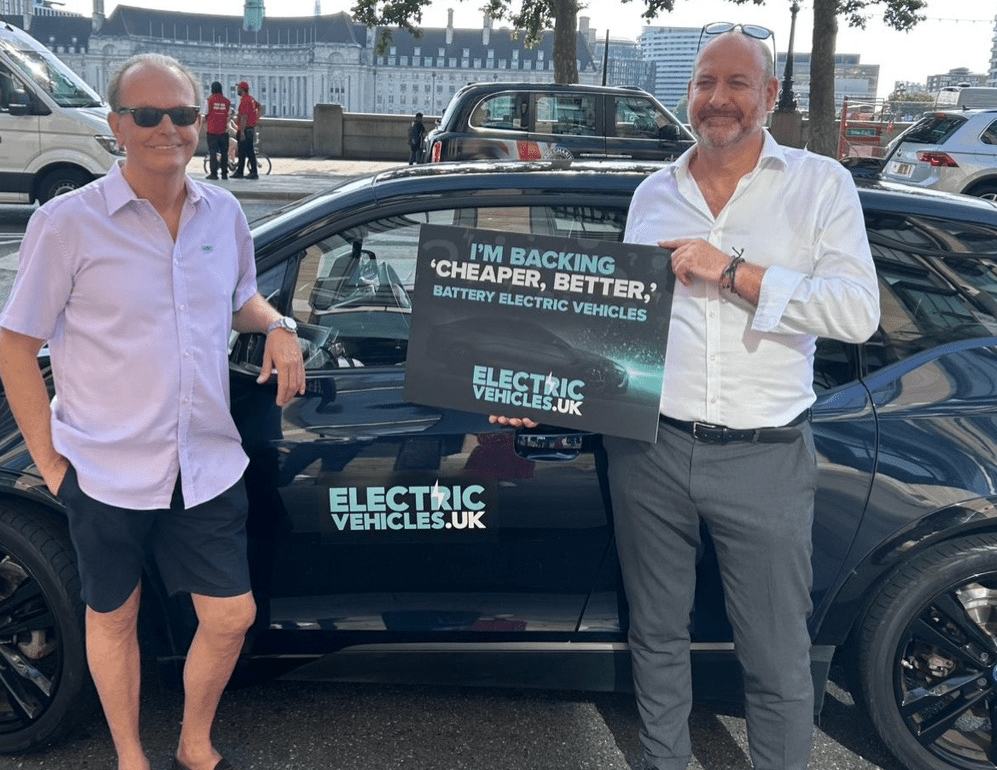Mark Cooper, Technical Business Development Manager at ubitricity, highlights two key factors driving the revolution in electric cars.
Today we are seeing a revolution in the car market, with electric vehicle sales exceeding all growth expectations and rapidly gaining ground on their ICE (internal combustion engine) counterparts. This explosive growth is down a number of factors which have aligned, almost through serendipity, to create this environment.
In many ways this is similar to the innovation of the car itself with Carl Benz applying for a patent for his “vehicle powered by a gas engine” on January 29, 1886, and, just a year later in 1887, John Boyd Dunlop producing the first practical and commercially viable examples of an inflatable tire. The combination of these two major breakthroughs ushered in the era of the motorcar.
The EV market has seen a range of similar technical breakthroughs over the past decade which have laid the foundations for explosive growth. There have also recently been two major market developments which have set the scene for the era of the EV as these vehicles switch from a minority niche into the true mainstream on the path to ubiquity. The industry is working hard to remove two major hurdles; that of vehicle options and price, and charging infrastructure availability – meaning that EVs can now truly enter the mainstream.
“Electric vehicles are too expensive”.
One factor often quoted as a limitation in the EV market has been the cost of the cars themselves, with both higher initial costs for the vehicles as well as there being few second-hand options available. The net result being that for many drivers making the switch to EV it was financially challenging and, in many cases, simply out of reach.
The past year has seen this situation changing, with more second-hand options entering the market, combined with an ever-wider range of more affordable EVs becoming available.
This has been driven in part by ever-more manufacturers entering the market, such as those from China, driving competition and economies of scale – as well as lower cost and smaller options becoming available. This includes micro-vehicles such as the Citroen Ami which after huge success in France is now available in the UK for just £8,095 for the base model and hatchbacks such as the MG4 EV available for less than £26,000. At the same time, we are also seeing an increasing prevalence of EV car clubs, where drivers, particularly in urban areas, can utilise EVs for a minimal cost without any of the upfront overheads of outright purchasing a vehicle.
“Where can I charge? infrastructure isn’t widespread enough”.
Traditionally one of the main arguments against switching to EV has been so-called “range anxiety” and the availability of charge-points. This situation has evolved rapidly over the past few years, and the pace of change continues to accelerate. According to the UK-based EV charge point monitor, ZapMap, by the end of July 2023 there were 45,737 electric vehicle charging points across the UK, across 26,805 charging locations, representing a 40% increase in the total number of charging devices in the year since July 2022.
The reality is that providing the necessary charging infrastructure for nationwide EV usage will require a mix of different public and private options – including home charging, commercial private chargers and public infrastructure delivered in conjunction with councils and local authorities.
At ubitricity, we work with a wide range of public sector councils across the length and breadth of the UK from Liverpool to London boroughs to county councils across the country. In line with the wider charging market, we have seen a surge in demand for our charging solutions to the point we have now passed 7,000 chargers installed and already have contracts in place for many more.
A further criticism of charging infrastructure has been that it has been predominantly located in major cities while rural areas and smaller towns are being left behind.
However, with widespread government funding available, and charging being able to use the same cables and infrastructure used for street lighting, these are no longer blockers. At ubitricity, we have already deployed in counties such as Suffolk and Lincolnshire bringing charging- options to a much broader range of areas.
Conclusion
Just like in the earliest days of the motor car, a combination of factors has aligned and are supercharging the EV market in the UK. These are dismantling two of the main barriers to EV adoption – price of vehicles and charge point availability. By removing these hurdles, EV is entering the true mass market phase.
As the prices of EVs falls so will the cost of installing chargers. By using existing assets such as street lamp columns and traffic bollards to house charge point infrastructure, companies can provide local authorities with quicker, easier and more cost-effective deployments over a larger geographical area. This means more people can access these convenient options.
This has only been possible through developments across the ecosystem involving a wide range of parties on both the vehicle and infrastructure sides. At ubitricity, we’re proud to be playing our role in helping to democratise this green and sustainable transport option – ensuring that everyone can have easy access to the right charger, in the right place, at the right time.














